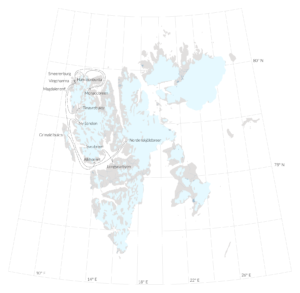
The plan was to make a ship-based photo trip along the northwestern part of Svalbard, together with a group of other photographers.
We stayed 10 days on Tall ship Antigua. The trip has been organised by a friend of mine, Peter Cox, together with Daniel Bergmann. NozoMojo took over the lead of the expedition.
In total, there were 19 of us plus the crew of the Antigua. As the ship was not fully booked, I was lucky to stay in a cabin on my own. Although there were two beds, the cabin was tiny, which made packing things or changing clothes or even washing a bit difficult, especially in rough sea.
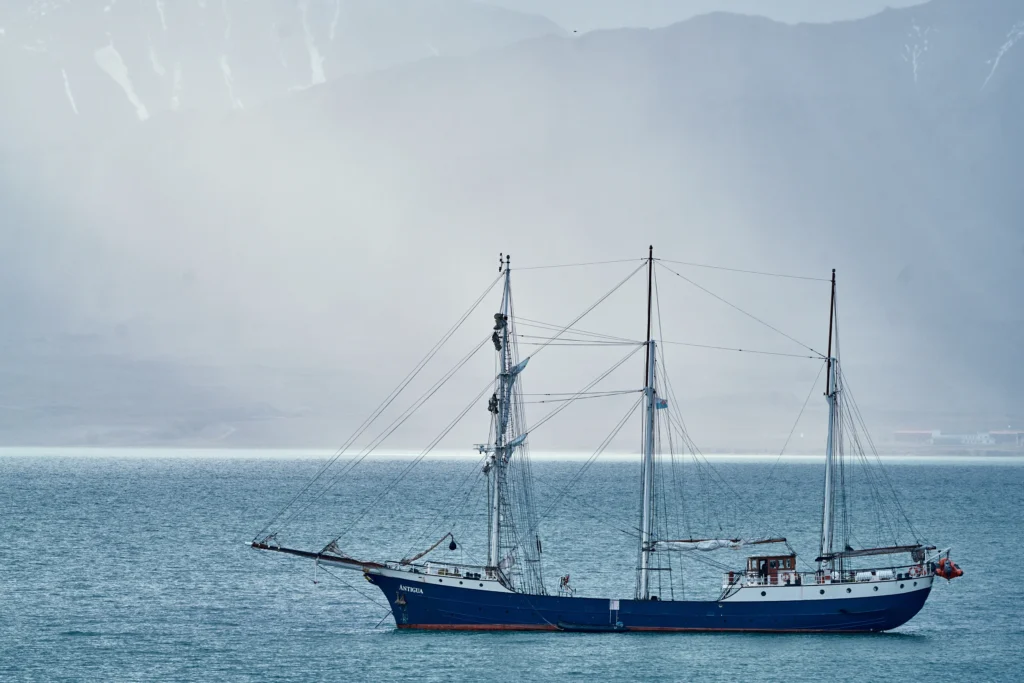
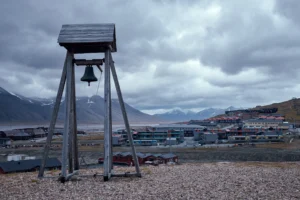
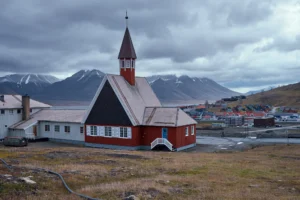
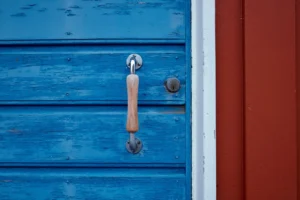


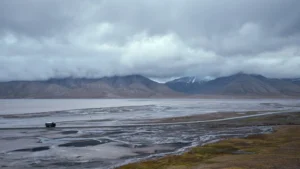
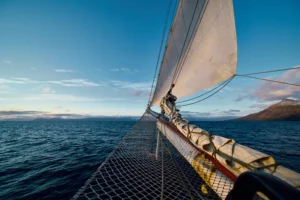
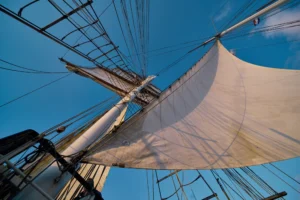
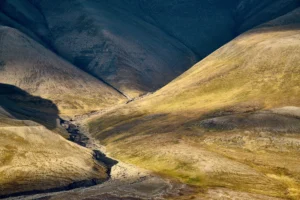
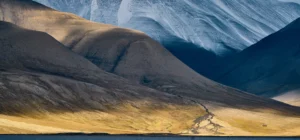
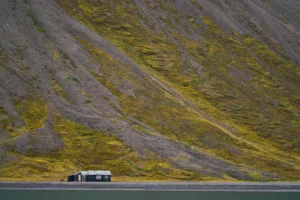
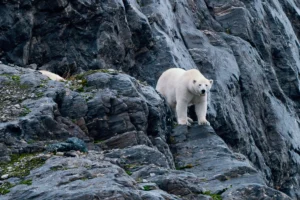
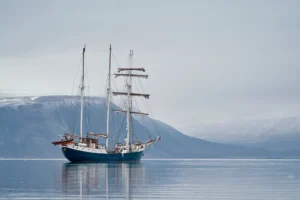
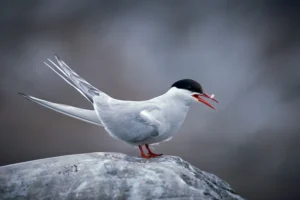
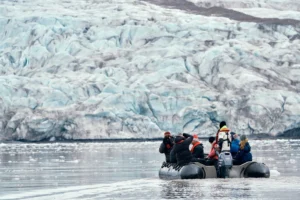
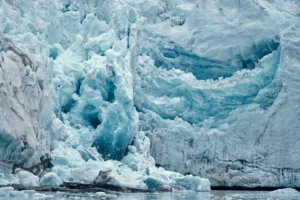
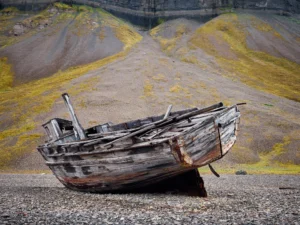
We left Longyearbyen in late afternoon with beautiful sunlight and first sailed northeast towards Skansbukta where we stayed the night. The next day, we sailed to Nordenskjöldbreen, where we sighted the first polar bears. A mother with a cub of the year was resting on a rocky island in front of the glacier. We didn’t mean to disturb them, so we stayed onboard.
Ny London is an abandoned marble mining site — one of the many places on Svalbard where people tried their luck — and failed. Today, only two decayed houses and a bit of rusty equipment can be found there.

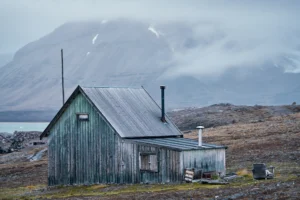
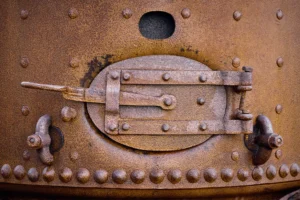

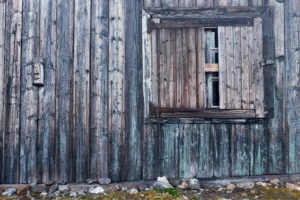
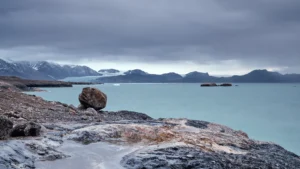
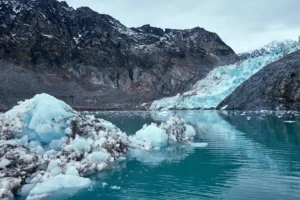

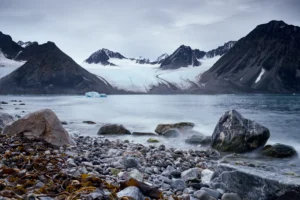
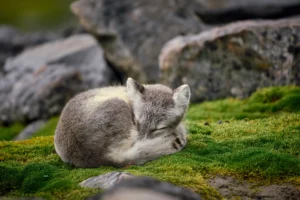


During the next days, we slowly sailed even further north along the coast. We took several stops, like at Tinayrebukta or Magdalenenfjorden, until we finally reached the famous Monacobreen located at the end of the Liefdefjorden.

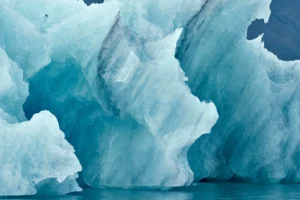
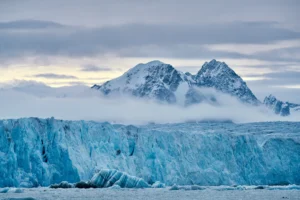
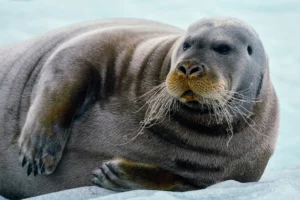

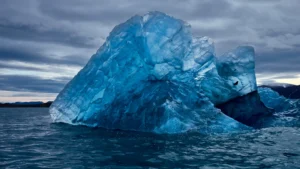
After leaving Hamiltonbukta, we took some time to explore the area around Smeerenburg and Virgohamna. Smeerenburg on Amsterdamøya is a former Dutch whaling station. The name literally means “blubber town”. Today one can see only very few remains of the old ovens where once the blubber was boiled. We concentrated more on the landscape and a pack of walrus, that stayed there.
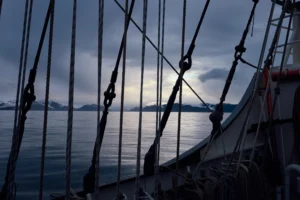
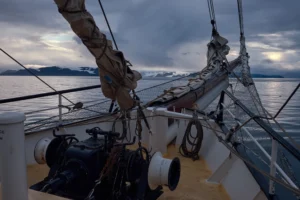
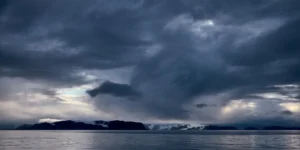

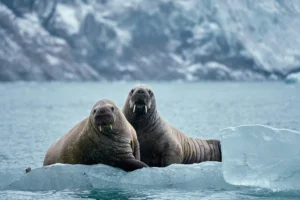
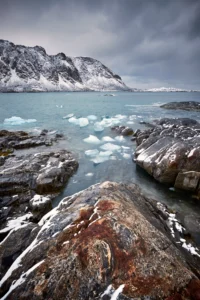
Virgohamna on Danskøya was named after SS Virgo, the vessel of Swedish explorer Salomon August Andrée, who tried to reach the North Pole in a hot air balloon. He built a hangar at Virgohamna, departed in July 1897 and never returned. It took 33 years until the remains of this fatal expedition had been found.
After leaving Virgohamna, we did a long trip towards Grimaldibukta, which is located on Prins Karls Forland. We arrived early in the morning and found the glaciers around bathed in beautiful and spectacular sunlight. We stayed most of the day on a little island in front of the shoreline until we finally set sail for a night trip towards Isfjorden.

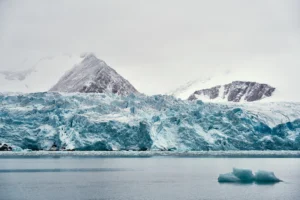


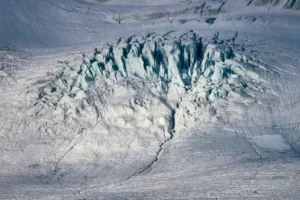



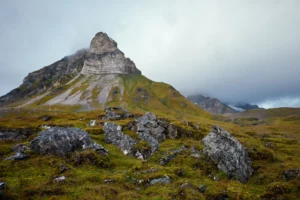

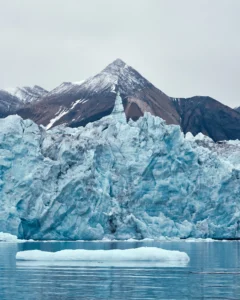


Sveabreen is the only glacier on Svalbard, that is actually growing. All other more than 2,600 glaciers are shrinking.

Although glacier calving is quite common at the glaciers on Svalbard, and we saw several events, it is challenging to take a photo of one. You just don’t know in advance where and when something will happen. But I was lucky to shoot a calving at Sveabreen.
Sveabreen was the last spot of the trip. From there we just crossed Isfjorden to get back to Longyearbyen.
I was deeply touched by this landscape and I do hope that these images may reflect my feelings.























































